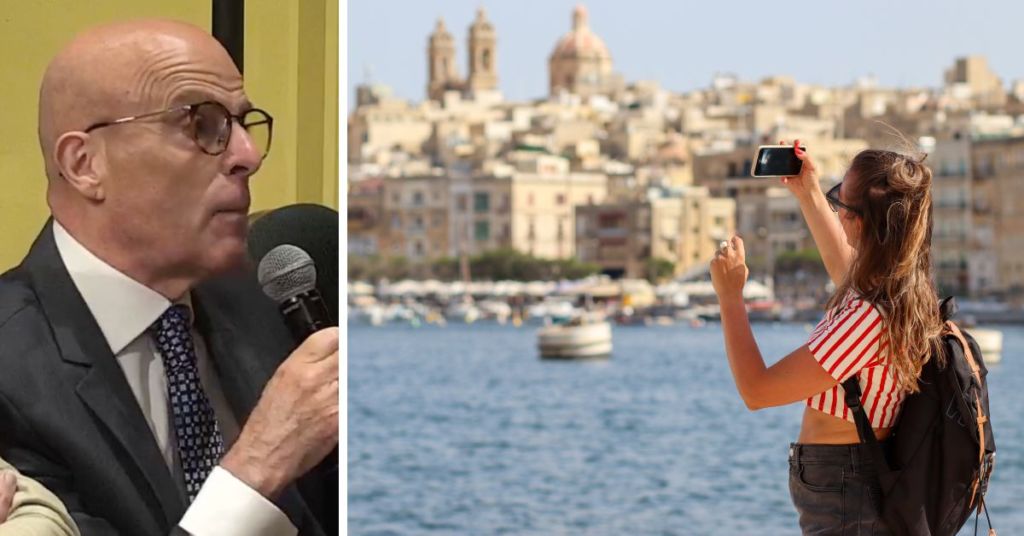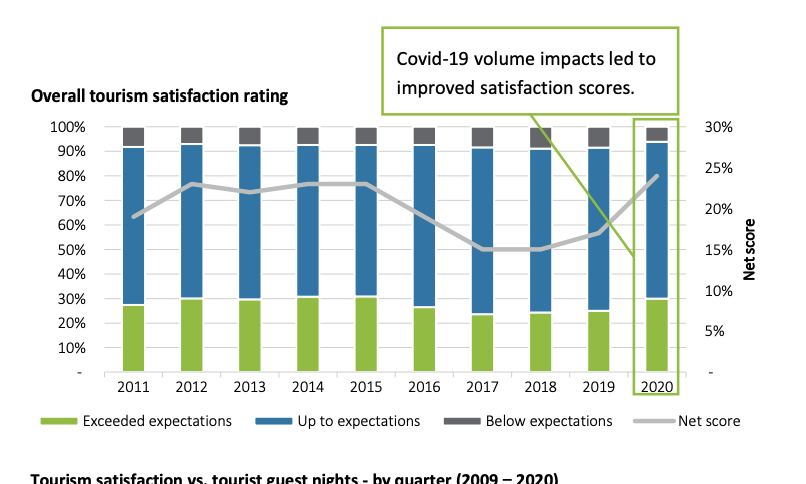Watch: Tourism Businesses Will Collapse After Investment Frenzy Led To Oversupply, Maltese Lobbyist Warns

Some Maltese tourism businesses will inevitably collapse after a pre-pandemic investment frenzy led to oversupply on the market, business lobbyist Philip Fenech has warned.
Addressing a recent Malta Chamber conference, Fenech didn’t mince his words about the future of the tourism market.
“The problem which came out clearly in the MHRA’s recent carrying capacity exercise is that we have a lot of excess capacity,” he said. “We all know what happened. When we were hitting record tourism numbers in 2017, 2018, and 2019, we became cash-rich and everyone went on their own trip.”
“Some wanted to make their own Manhattan in Malta and everyone started investing without anyone looking at the bigger picture. We’re long past those days when investments were scarce and anything that came forward was added to the building of our economy.”
“Nowadays, if you build something in Mellieħa, it will impact St Julian’s. Change was happening too fast for anyone to realise what was happening and this is where we are now.”
Fenech’s intervention is at 2:43:59 in the above video
While Fenech congratulated entrepreneurs for expressing confidence in the Maltese economy through their investments, he warned that a tiny island like Malta comes with constraints.
“Malta is Malta, not America or Australia,” he said.
With so much competition for tourists on the market, Fenech predicted that some businesses may not survive.
“My gut feeling is that the market will have to self-regulate and that there will be blood on the floor and collapses,” he said. “Even if we bring the maximum tourist numbers, distribute them and become more efficient, there will still be excess capacity.”
Fenech’s comments draw off a recent study by the Malta Hotels and Restaurants Association (MHRA) which flagged a significant risk of oversupply in the tourism market over the next five years.
The study analysed the current number of beds available for tourists and the beds in the pipeline through upcoming major projects such as the Mercury Tower, Mistra Village, the DB Hard Rock Hotel and the Skyparks Airport Hotel.


It found that if all these projects are implemented within the next five years, Malta will need to attract 4.7 million tourists a year staying an average of just under seven nights each to maintain the same bed occupancy rate as it did in 2019, the last year before the COVID-19 pandemic.
That would require setting an absolute record, significantly higher than the 2.8 million tourists who travelled to Malta in 2019.
The study makes it clear that such an increase in tourists could be hugely problematic.
It will require an estimated 80% increase in tourism workers, the majority of whom are expected to be third-country nationals.
This will require the construction of more properties to accommodate them and risks straining Malta’s infrastructure in terms of sewage network, traffic infrastructure and waste management.
Moreover, such a high volume of tourism risks rendering Malta a less attractive tourist destination.
In fact, the MHRA found a clear link between higher tourism volumes and declining visitor experiences, with tourist satisfaction ratings dipping in the ‘golden years’ prior to the pandemic before rising in 2020.

The study said that oversupply is highly likely to result in accommodations lowering their prices to become more competitive, which would in turn reduce their average profitability.
It could also impact the property market if properties that are currently being used as tourist accommodations are put up for sale or rent.
Fenech said he sees a silver lining in all of these numbers and predictions.
“This was a result of progress not because we didn’t have any business. I hope we will now see the picture more clearly and invest in a more sound way, knowing that one segment cannot do collateral damage to another sector or we will lose the whole plot.”
“I think it’s time to philosophically look at the situation, take a deep breath and two steps back, and for once see things from a high development framework and not from the ground.”
Do you think Malta can cope with 4.7 million tourist arrivals per year?